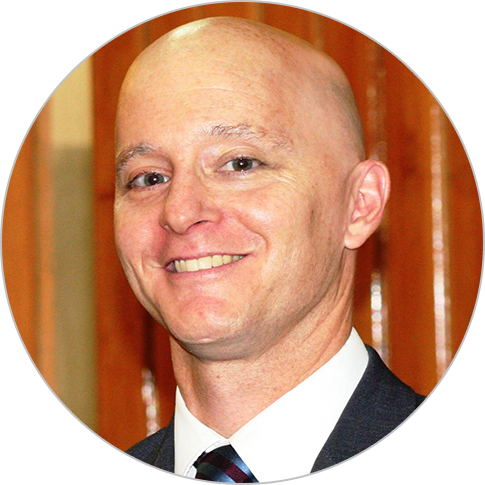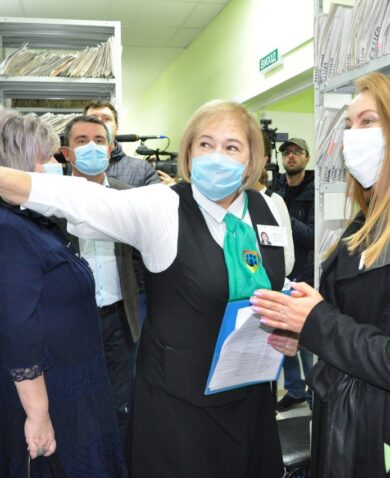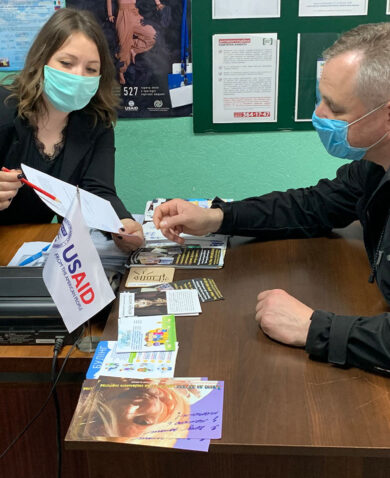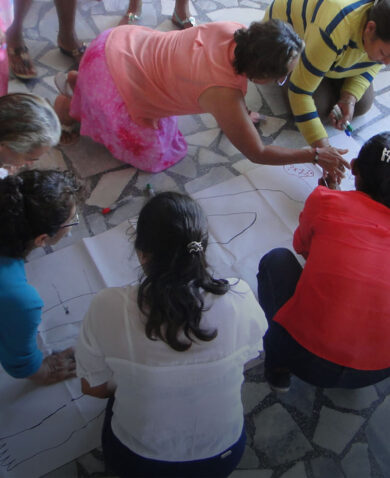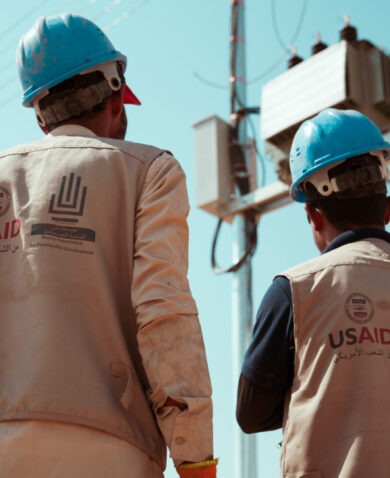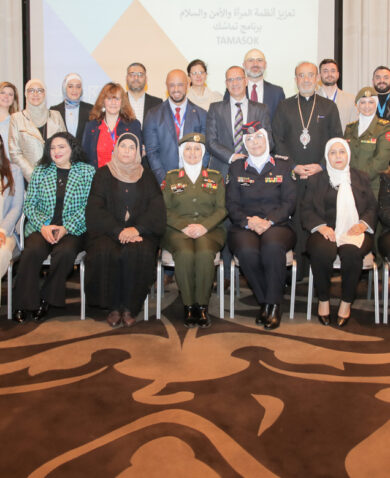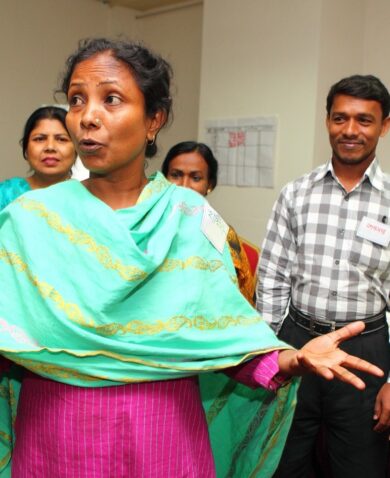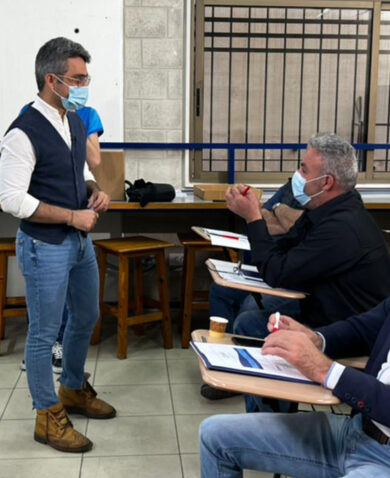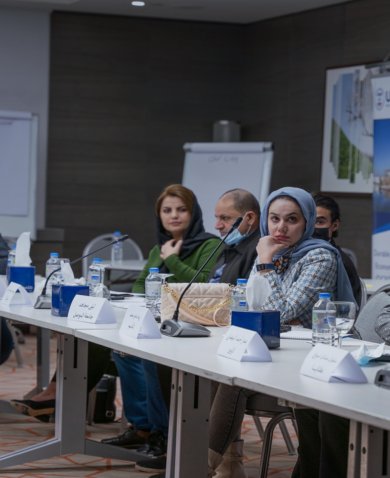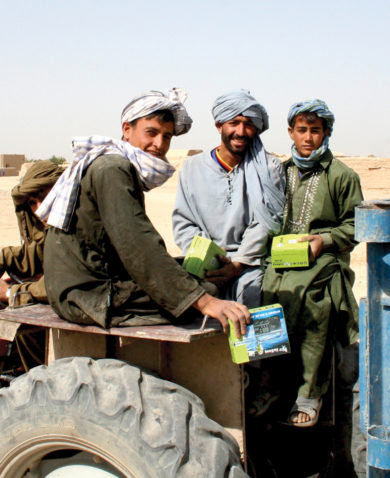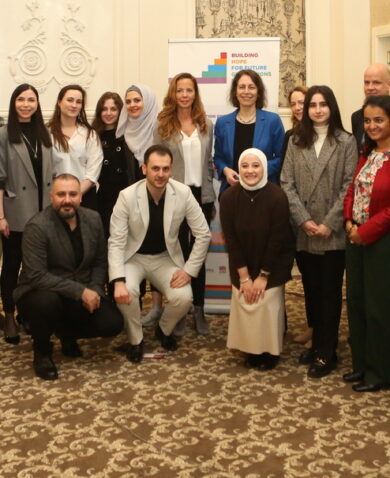In countries such as Libya and Syria, where war and state destruction have spurred the need for local government institutions to be created from scratch, direct support to governing councils to provide basic services is a key first step to establishing legitimacy. Consistent with research pointing to the importance of local perceptions, so too are activities that strengthen public understanding of what local authorities are doing. For newly formed local councils, messaging and communications are often not intuitive, and the fluidity of conflict environments makes reliable information especially hard to convey. Recent evidence, such as Service delivery, public perceptions and state legitimacy: findings from the Secure Livelihoods Research Consortium demonstrates that in certain instances, public perception of what councils are doing and the way in which they operate can be equally if not more important for building legitimacy than the services themselves.
On the other hand, in Iraq during the period that led to the rise of ISIS, the government struggled with the notion that, as the sole legitimate provider of public services, it needed to prioritize transparency and responsiveness to citizens’ demands to achieve and maintain political stability and state cohesion. As public trust in government officials dwindled, citizens were less willing to commit to strengthening the social contract, which would help improve the government’s ability to meet their needs. This enabled ISIS to capitalize on discontent.
One of the most tangible ways for governments to overcome such discontent and recapture the alternative narrative is to effectively address citizen demands for basic services. This is heightened at the local level, where elected officials are more likely to have direct control over public services, such as trash collection, social services, and infrastructure improvements, and direct access to citizens’ concerns and feedback. Empowering constituents to have a say in service delivery decision-making and monitoring also enables governments to argue they are investing in a positive vision for their communities, not just a “defeat the other” approach to CVE.
With this in mind, here are four best practices for how to design and implement governance programs aimed at countering and preventing violent extremism.
1. Adapt to the Unstable Political Environment in Fragile Contexts.
A project’s ability to assist local governments in responding quickly and appropriately to community needs is paramount to establishing credibility and trust between the project and its counterparts. Similarly, projects in fragile contexts need ongoing analysis to make adjustments based on shifting opportunities and constraints to stay relevant and responsive to changing power dynamics throughout implementation. Programs in fragile contexts often proceed without linear progression; the best programs utilize feedback loops and iterative design to help achieve their goals.
2. Understand Tradeoffs Without Losing Sight of Long-Term Governance Objectives.
Given the importance of establishing legitimate government authority in a fragile state, immediate service-delivery goals to stabilize the country may inherently take precedence over long-term capacity building objectives. After an initial iteration of programming, however, it is important to begin considering how best to support a more holistic approach to good governance. Ideally, these efforts are sequenced and complementary.
3. Encourage Host Governments to Support Reforms by Sharing the Costs.
Cost sharing demonstrates the government’s commitment to taking ownership of sustaining and maintaining accountability for reforms and demonstrates a return on taxpayer and donor investment. This is especially true where funds are earmarked for “stabilization” but the objectives and commitments to any designated recipients remain vague. Cost sharing also ensures that the host government is integrating the services provided for stabilization into its own budgeting and planning processes, paving the way for eventual local ownership of the initiative. Cost sharing can come in the form of investment or in-kind contributions in project-recommended activities.
4. Communicate and Replicate Success Without Further Destabilizing the Environment.
Even when official information dissemination is not ideal, communicating the “how” is as important as communicating the “what.” Explaining the steps necessary to access the equitable distribution of public goods and services fosters accountability and provides transparency that can help mitigate perceived favoritism. A positive communications strategy that amplifies locally credible voices is also essential to building a narrative that can drown out violent extremist messaging without arguing against it.
In such fluid environments, efforts to implement solutions to current problems can be easily aggravated by the need to keep up with newly arising challenges. But by gleaning lessons from previous and ongoing experiences, the hope is that those of us continuing to address CVE and PVE issues will be better equipped for the inevitable next new challenge from an unexpected corner of the world.


